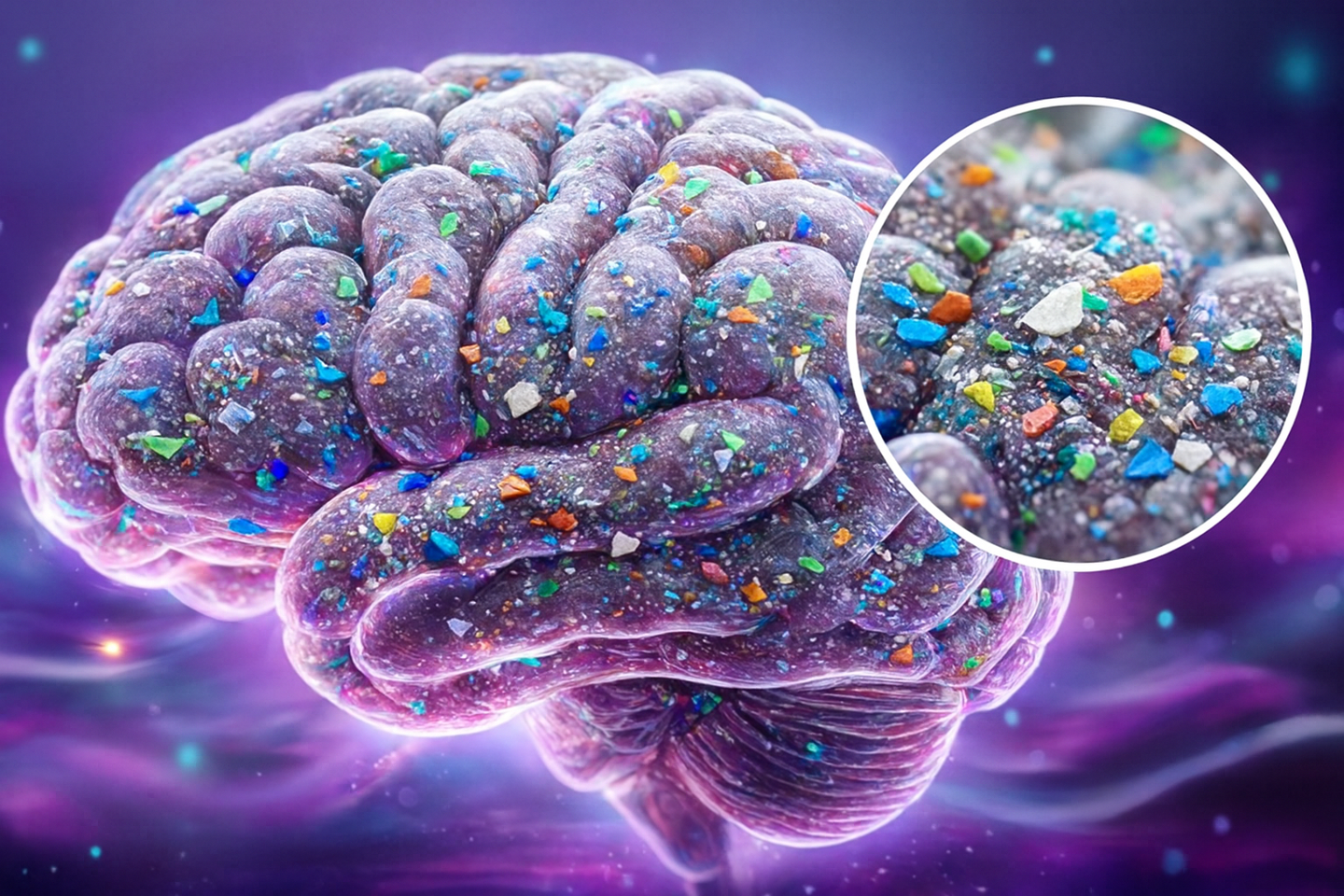Yale researchers offer new hope for incurable heart disease patients
In the case of certain vascular diseases, our ability for heal gets commandeered into a self-sustaining cycle of damage and inflammation.

[July 6, 2023: Staff Writer, The Brighter Side of News]
In a ground-breaking discovery that defies conventional medical understanding, three elderly men with heart failure caused by a build-up of sticky, toxic proteins have experienced a reversal of their condition. (CREDIT: Creative Commons)
Vascular diseases such as atherosclerosis and pulmonary hypertension, in their stark and irreversible nature, have for long been the dreaded specters of the medical world. Once established, these diseases often proceed regardless of subsequent lifestyle changes, such as reducing cholesterol levels, quitting smoking, or increasing physical activity.
A pioneering study has recently emerged, revealing the metabolic underpinnings of these vascular diseases and potentially offering new hope for their treatment.
As humans, our bodies have a remarkable knack for self-repair and self-maintenance. But in the case of certain vascular diseases, this ability gets commandeered into a self-sustaining cycle of damage and inflammation.
The mechanism responsible for this damaging transformation is known as endothelial-to-mesenchymal transition (EndMT). In the process of EndMT, the cells lining the insides of our blood vessels—known as endothelial cells—undergo a radical phenotype change and begin expressing genes that lead to chronic inflammation.
Related Stories
This scientific breakthrough was led by Michael Simons, MD, a professor of medicine specializing in cardiology at Yale University. Simons and his team identified an enzyme called ACSS2 as the key player in EndMT, which can perpetuate the long-standing tissue inflammation that drives vasculature disease.
Their findings, published in the prestigious journal Cell Metabolism, show that by selectively neutralizing this enzyme, the progression of atherosclerosis—a disease driven by EndMT—was dramatically reduced in mice.
"Through our research, we've unearthed the underlying driver that makes these diseases stimulus-independent. If we eliminate this driver, we have the potential to reverse diseases once deemed intractable, offering treatment alternatives that do not currently exist," said Michael Simons.
Michael Simons co-led this groundbreaking study with Zoltan Arany, MD, PhD, the Samuel Bellet Professor of Cardiology at the University of Pennsylvania’s Perelman School of Medicine. Simons explained the pervasive and relentless nature of such diseases, stating, “We have a group of diseases that once started, continue to advance even if you eliminate the offending stimulus.”
Every organ in the human body relies on the vascular system for oxygen, nutrients, and physiological maintenance. Consequently, abnormalities in the vasculature often translate into a myriad of chronic diseases. Simons' lab focuses on elucidating the relationship between vascular abnormalities, diseases, and aging.
This study was the result of their relentless investigation into EndMT, a process they were among the first to discover and whose involvement they identified in conditions such as atherosclerosis, peripheral vascular disease, heart attacks, and pulmonary hypertension.
EndMT instigates abnormalities in endothelial cells that lure in inflammatory stimuli like white blood cells. Simons describes this phenomenon, saying, "Under normal conditions, these cells would just pass by, but now they halt, infiltrate the tissues, and begin secreting inflammatory cytokines." Unfortunately, once initiated, this process has proven to be irreversible. "Every endeavor to cure diseases with this underlying chronic inflammatory process has met with failure," laments Simons.
Graphical Abstract: Endothelial-to-mesenchymal transition (EndMT), a process initiated by activation of endothelial TGF-β signaling, underlies numerous chronic vascular diseases and fibrotic states. (CREDIT: Cell Metabolism)
But the journey to unraveling the secrets of EndMT is a complex one, due in part to the role of TGF-β signaling. This signaling mechanism, which regulates many cellular functions, has an unusual dual nature—it promotes inflammation in endothelial cells while suppressing it in virtually all other cell types. This stark contrast in behavior makes it dangerous to use systemic agents to block the process, as they could end up causing more harm than good.
During the team's intensive research, they uncovered intriguing metabolic peculiarities about endothelial cells. Unlike most other cells that use fat as a primary energy source, endothelial cells heavily depend on sugar. Additionally, they undergo considerable gene expression changes during EndMT, which likely have metabolic roots. This led the team to question whether a unique metabolic underpinning could be linked to EndMT, which could in turn provide a new therapeutic target.
They began their exploration by studying the metabolic alterations that TGF-β signaling initiated in endothelial cells. To their surprise, the signaling led to the cells producing an abundance of a molecule known as acetyl-CoA (Ac-CoA). Intrigued, the team traced the source of this sudden influx of Ac-CoA and stumbled upon another unexpected discovery. "A large part of the Ac-CoA came from acetate—a small metabolite typically produced by gut bacteria and rarely used to create Ac-CoA," recounts Arany.
The plot thickened when the team discovered that acetate was not produced by gut bacteria in this instance. Instead, it was being synthesized from sugar by the endothelial cells themselves, which then used it to manufacture a significant part of their Ac-CoA. While Ac-CoA is typically known as a major source of energy, it played a different role in the context of EndMT. Instead of providing energy, it served as a source of acetyl-groups that stabilized the expression of TGF-β signaling molecules.
In a normal scenario, endothelial cells remain unresponsive to the surrounding TGF-β in the blood and tissues due to the low expression of the TGF-b receptor. However, when excessive acetyl-groups originating from Ac-CoA bind to the TGF-β receptor, a dramatic increase in its expression ensues. This, in turn, exposes the now abundant receptors on the endothelial cells to the harmful TGF-β stimulus. The team also discovered that the enzyme ACSS2 was essential for the synthesis of Ac-CoA in endothelial cells.
The final challenge lay in applying these findings to a real-world scenario. The team experimented on mice with atherosclerosis, and upon deleting the ACSS2 gene, they noticed a drastic reduction in the progression of the disease. This significant finding positions ACSS2 as a promising target for therapeutics aimed at EndMT.
"We aim to utilize this discovery to develop new therapies and translate those therapies in vivo," says Simons with a glimmer of hope. This research represents a significant stride towards understanding and potentially reversing vascular diseases that were previously deemed incurable. As we move forward in scientific progress, it's these moments of breakthrough and perseverance that bring us closer to overcoming our greatest health challenges.
For more science and technology stories check out our New Discoveries section at The Brighter Side of News.
Note: Materials provided above by The Brighter Side of News. Content may be edited for style and length.
Like these kind of feel good stories? Get the Brighter Side of News' newsletter.



